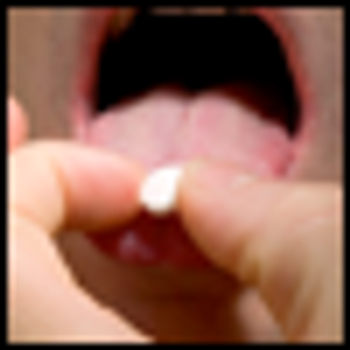
Low levels of 3-methoxy-4-hydroxyphenylglycol (MHPG) in patients with major depressive disorder (MDD) or bipolar depression were shown to be associated with increased risk of suicide attempts. Hanga Galfalvy, PhD, assistant professor of clinical neurobiology at Columbia University and the New York State Psychiatric Institute, New York, and her colleagues found that patients with the lowest levels of MHPG at baseline were more likely to commit highly lethal suicidal acts.












